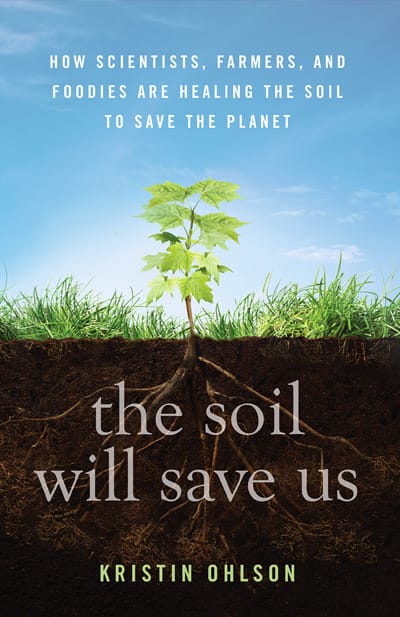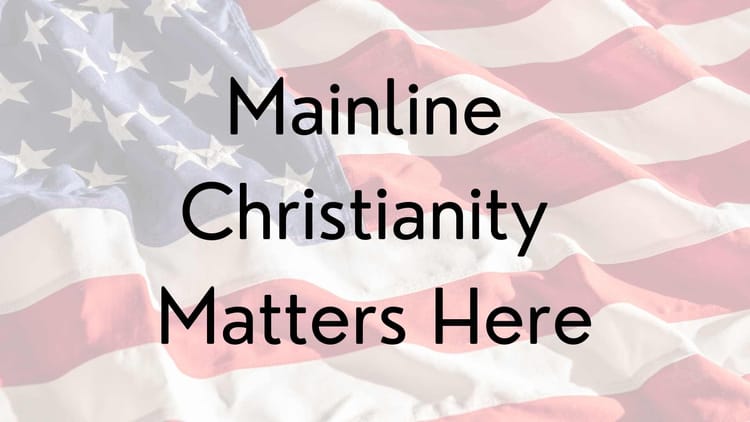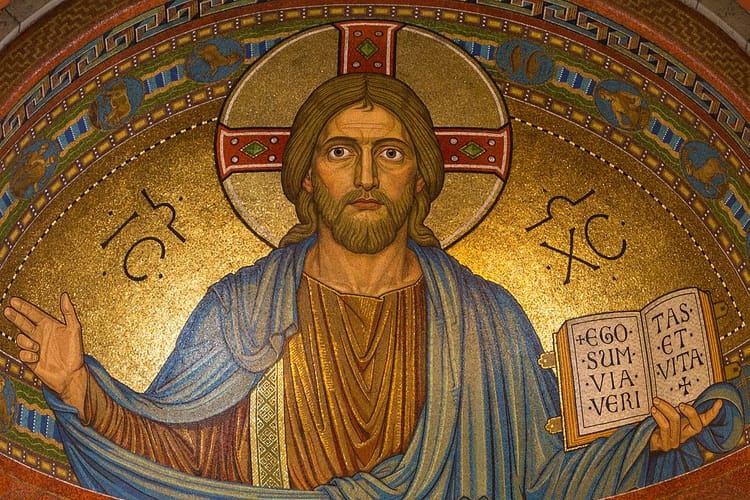Solving the Climate Crisis One (Closed?) Church at a Time

On March 25th, Presiding Bishop the Most Rev. Katharine Jefferts Schori offered the keynote address at The Episcopal Church’s forum on climate change: The Climate Change Crisis. She ended with a challenge:
A crisis is a decision point, a time of judgment. We can choose to change our destructive and overly consumptive ways, or we can ignore the consequences of our actions and slowly steam like proverbial frogs in a soup pot. We still have some opportunity to choose, but that kairos moment will not last long. We have before us this day life and death. Which will we choose?
It’s a great question. And the church hasn’t finished answering it. Honestly, we’ve barely begun.
The forum led into a program called Thirty Days of Action – a series of educational emails suggesting personal actions individual Episcopalians can take. I signed up early and have been following along.
The suggestions were fine; I appreciated the rhythm of action, prayer, and rest. But I missed something important: the soil that the church stewards, on the land we own together.
I’m still at the very beginning stages of understanding this concept, but books like The Soil Will Save Us: How Scientists, Farmers, and Foodies Are Healing the Soil to Save the Planet and Grass, Soil, Hope: A Journey Through Carbon Country argue that it’s possible to reverse climate change through sequestering carbon in the soil. It’s not the only thing we should do – we still need to reduce emissions – but it is an important part of the puzzle as we seek to stall climate change.
There’s just so much carbon; if it’s beneath our feet it can’t also be above our heads. Agriculture done right restores carbon to the soil, which has the side benefit of increasing soil fertility, according to this article from Yale Environment 360.
The Episcopal Church owns acres and acres of property. In many cases our properties are situated beautifully to be noticed and emulated by others. They are perfect places for demonstration projects and public experiments. (The kind of experiments that young people, who will experience the consequences of climate change for a lifetime, would naturally find interesting.)
Our properties can be used for regenerative agricultural ministries even if they are not used for weekly public worship. We don’t have to sell all our closed churches as if we have no other alternatives. The land previous generations set aside can still manifest God’s grace by demonstrating faithful care of creation.
A closed church doesn’t have to be the end of a public ministry. And that’s important, because any intelligent person who has read the latest data on The Episcopal Church will notice that we will likely be closing many congregations in the decades to come. More than one-quarter of Episcopal churches are made up primarily of people over age 65.
I’m a huge fan of people over age 65, and congregations with a majority of folks that age can still be vital and sustainable – but not in combination with declines in participation. That double whammy signals rough waters ahead.
I’d love nothing more than for the Holy Spirit to renew the church. I pray daily for vitality and health to be restored to our congregations. But in case these trends continue, we need to come up with a Plan B for the properties which these congregations have faithfully stewarded for God’s glory. Because in the next decade, many of these churches will no longer have the energy to tend their own property. They will turn over their properties to their dioceses. Then what?
Some of those properties are small and surrounded by cement. But some of them are large. Some have acres of grounds.
The Episcopal Church (and friends – there’s no need to be exclusive here) could choose life on these larger properties. They have already been set aside by previous generations for the glory of God. Why can’t they be demonstration plots for healing God’s creation? Why not invite people to practice carbon sequestration on our church properties so they can learn to do the same on their land?
We could work with soil scientists to find out how to restore carbon to the soil, remove it from the atmosphere, and feed people at the same time. Because the byproduct of carbon sequestration in soil can be – wait for it – food.
We could plant food forests like Grace Episcopal Church, Brunswick did. (And the ministry grew so much they needed a whole website for that project alone.) We could map and serve the diocesan foodshed like the Diocese of Los Angeles is doing. After all, as we now know, there’s already a Christian food movement.
The church could do something that reverses climate change and cares for neighbors at the same time. We just need to tend the soil beneath our feet – both in our church properties which are stewarded by living and active congregations, and in our church properties which will devolve to diocesan bodies when their worshipping communities are no more.
Death and life remain before us in so many ways.
What will we choose?
If you are doing anything along these lines or even just contemplating it,
please let me know in the comments! I’d love to hear from you.





Member discussion